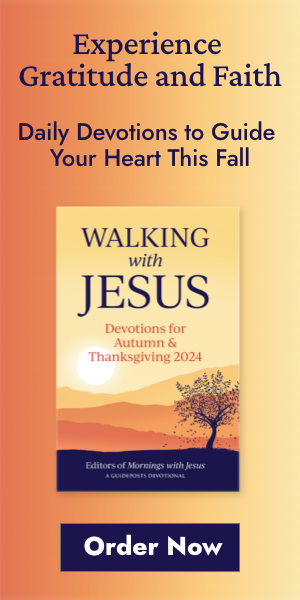As the parent of a 7-year-old boy, sometimes I feel like “no” is my most frequently uttered word. But if I look honestly at the big picture of my daily vocabulary, I probably would conclude that it actually contains too much “yes.”
On the one hand, “yes” is a key aspect of positive living. Saying yes means opening myself up to new experiences, inviting new or deeper relationships and blocking negativity, fear or worry from sabotaging positive opportunities.
But on the other hand, too much “yes” threatens to leave any of us feeling stretched thin, overcommitted and powerless to set and maintain boundaries in our lives.
This had been on my mind when The Book of No: 365 Ways to Say It and Mean It—and Stop People-Pleasing Forever came across my desk, as if from on high. The new edition of this decade-old book by psychologist Susan Newman is hot off the presses, and it is rich, readable, and all-too-relatable for those of us who struggle to say “no” with authenticity, confidence and kindness.
Newman calls people who feel compelled to yes their way through life “people-pleasers.” The chief symptoms of this condition include associating helping others with your self-esteem, maintaining long-established expectations that you will care for others and feeling reluctant to prioritize or even state your own needs when a request comes your way.
For people-pleasers, “yes is the path of least resistance and the way to avoid damaging your relationship with the asker,” Newman writes.
So how can we say “yes” to “no?” The book offers brief dialogues for hundreds of scenarios in which “no” is the right answer, for reasons ranging from time management to financial pressures to emotional boundaries. Newman considers scenarios that pop up among friends, at work, within families and in parenting.
Reading through the scenarios, I realized they have some things in common—things that immediately started helping me sharpen my “no” skills.
For one thing, very rarely do the “no” dialogues include “I’m sorry” language. Instead, they are simple and clear statements like, “No, I don’t want to go,” or, “Not without everyone’s help.”
I also noticed the statements generally don’t ask us to say, “I can’t.” Instead, they say, “I prefer not to…,” “I’m not in a position to…,” or “It won’t work for me to….” This focuses the response on the person’s needs, not on their physical capacity to fulfill a request.
Do you think this book might be helpful to you? It’s ok if the answer is “no,” but I do highly recommend it for your Positive Reading List shelf.




